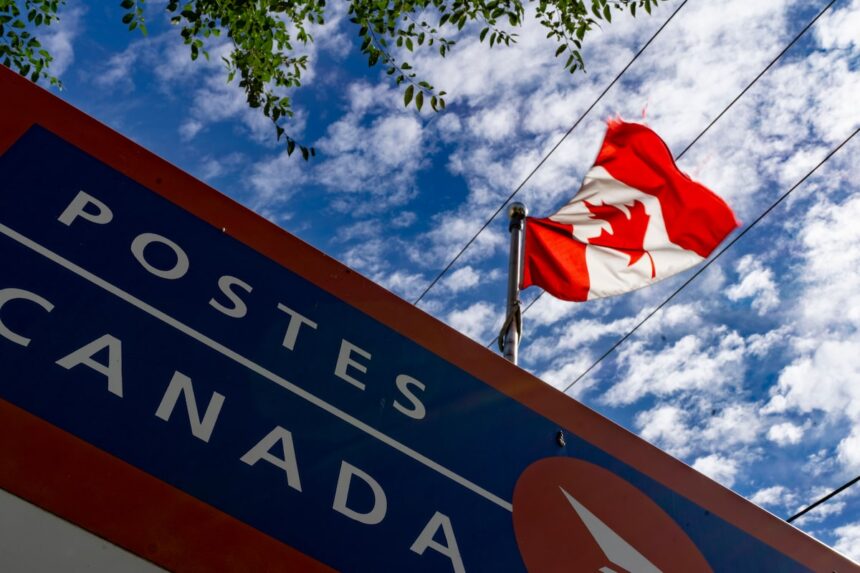In the frigid pre-dawn hours outside Canada Post’s Gateway facility in Mississauga, striking postal workers huddle around barrel fires, their collective breath visible in the November air. This scene is replaying across the country as Canada’s postal system faces its most significant labour disruption in years, with far-reaching implications for businesses, consumers, and the upcoming holiday season.
The Canadian Union of Postal Workers (CUPW), representing over 55,000 employees, initiated rotating strike actions last week after months of stalled negotiations with Canada Post management. The dispute centers primarily on wage increases, workplace safety improvements, and job security provisions in an era of declining letter mail volumes.
“We’re not just fighting for better wages,” explains Marjorie Thompson, a 22-year veteran letter carrier picketing in Edmonton. “We’re fighting for the future of reliable public postal service in this country.” Thompson’s concerns reflect broader tensions within Canada’s public sector as essential services navigate post-pandemic economic realities.
Canada Post has offered a 7.5% wage increase over four years, which falls significantly below the union’s demand for a 15% increase over the same period. Management argues their proposal balances fair compensation with the fiscal realities of a Crown corporation that has posted losses in four of the last five fiscal quarters.
“The corporation must remain financially sustainable while adapting to changing market conditions,” stated Canada Post CEO Doug Ettinger in a press conference yesterday. “We respect our employees’ right to collective bargaining, but we must reach an agreement that ensures Canada Post’s long-term viability.”
The dispute occurs against a complex economic backdrop where inflation has cooled but remains a concern for workers who have seen purchasing power erode. Meanwhile, the explosion of e-commerce has transformed Canada Post’s operations, with parcel delivery now representing the corporation’s growth engine while traditional letter mail continues its steady decline.
Small business associations have expressed mounting concern as the strike enters its second week. The Canadian Federation of Independent Business estimates daily losses of $30 million for small enterprises that rely on postal services, particularly as the critical holiday shopping season approaches.
“We ship approximately 70% of our products through Canada Post,” says Michelle Chen, owner of Eastwood Handcrafted in Vancouver. “This disruption couldn’t come at a worse time—November and December represent nearly 40% of our annual revenue.”
The federal government has thus far resisted calls to legislate postal employees back to work, with Labour Minister Steven MacKinnon urging both sides to reach a negotiated settlement. This marks a departure from previous postal disputes, where federal intervention eventually ended prolonged service disruptions.
Labour relations experts note that the current dispute reflects broader tensions in Canada’s employment landscape. “We’re seeing a fundamental reassessment of work value across many sectors,” explains Dr. Alison Braithwaite, Professor of Labour Studies at York University. “Postal workers, like many others, are seeking recognition that their essential contributions during the pandemic deserve compensation that keeps pace with living costs.”
As negotiations continue under a media blackout, Canadians are left wondering how long essential mail services will be disrupted and what compromises might emerge. The outcome will likely influence labour relations across multiple public service sectors and set precedents for how essential service disputes are handled in a post-pandemic economy.
For now, both parties indicate they remain committed to the bargaining process, though neither side appears poised to significantly alter their position. Meanwhile, Canadians are exploring alternative delivery options, with private courier services reporting substantial increases in volume.
As this labour dispute unfolds against the backdrop of economic uncertainty, one question remains particularly pertinent: In an increasingly digital world, how do we properly value and compensate the physical infrastructure workers who continue to connect our vast country in tangible ways?










